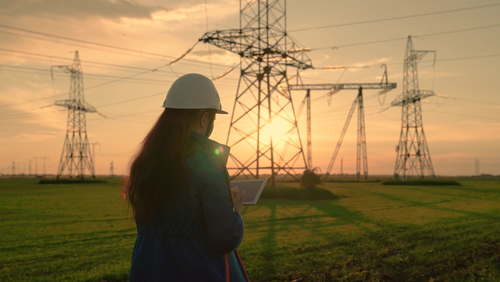Avista submits Electric Integrated Resource Plan for 2023

Avista Utilities filed its 2023 Electric Integrated Resource Plan (IRP) with both the Washington Utilities and Transportation Commission and the Idaho Public Utility Commission last week, highlighting a strategy on track to cut its greenhouse gas emissions by 80 percent as of 2045.
IRP’s like this are produced by Avista Utilities – an operating division of Avista Corp. – every two years to showcase projected growth in demand for energy and the new resources it will need to address that demand over the next 20 years. Each identifies a resource strategy for that purpose, incorporating customer needs, costs, risk measures and environmental goals, while making use of modeling tools and input from various customers, environmental organizations, business groups, elected officials and utility commission staff.
“We evaluate many options to find the ideal strategy to serve our customers that balances cost, reliability, the community and the environment,” Scott Kinney, Avista’s vice president of energy resources, said. “Thanks to resource selections from our recent All-Source RFP, we are in a good position to meet our customers’ needs now and into the future. We are pleased to have a plan that builds on our already strong commitment to the environment.”
In the two years since its last IRP was filed, Avista announced several resource acquisitions, and that at the end of 2025 that it will divest its stake in the Colstrip coal-fired power generation plant in eastern Montana. Those interests will be given to NorthWestern Energy instead. In so doing, it will rid itself of a large polluter and pursue a major portfolio change. In that same vein, the company noted that it will need long-duration storage to serve customers in peak hours after 2035, though, if it is to meet 100 percent clean energy targets set by Washington.
Since 2021, Avista has secured several new energy supply contracts and set plans in motion for upgrades to existing hydropower and biomass plants over the next 10 years. Its report forecast energy growth of 0.85 percent per year, largely driven by higher residential and commercial electric vehicle forecasts and intensifying building electrification efforts.
